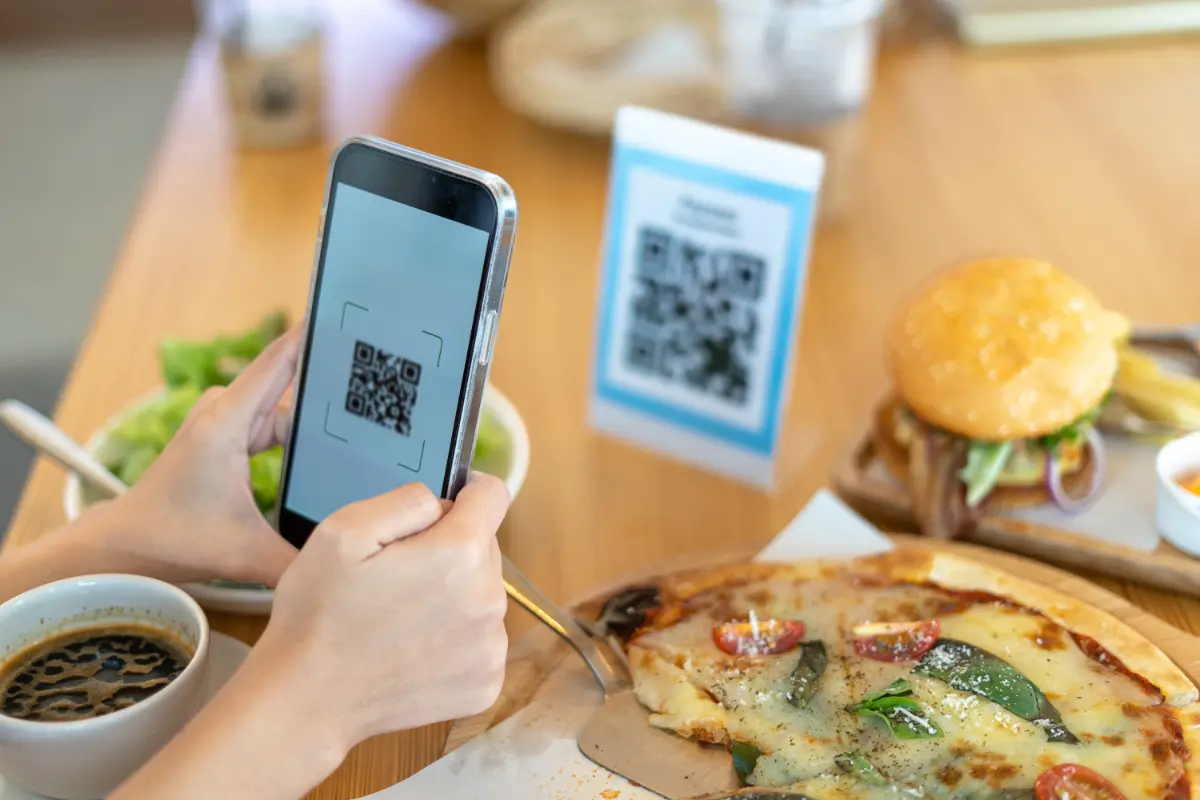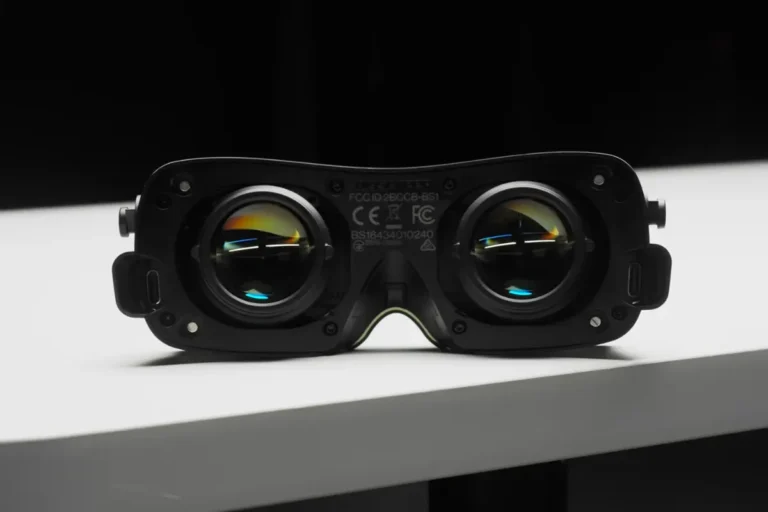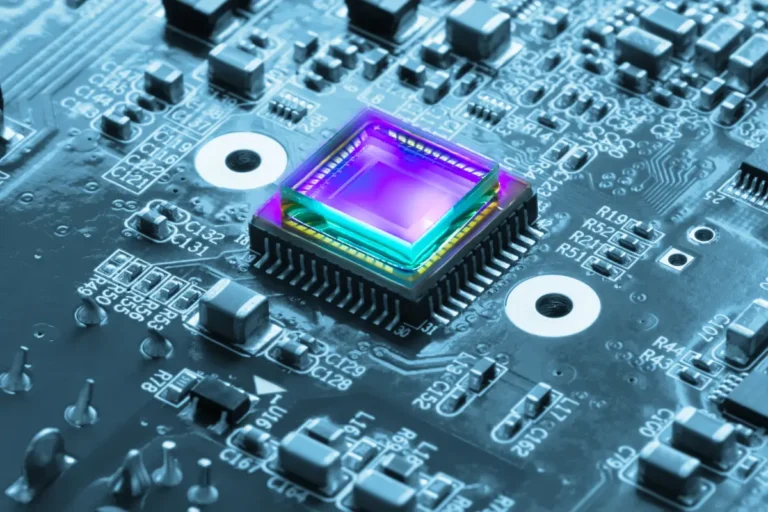How Do QR Codes Work? A Deep Dive into the Technology That Changed the World
When QR codes first emerged, many—including myself—thought they were destined to fail. Their black-and-white checkerboard appearance seemed unappealing, and they didn’t immediately offer any recognizable value to humans—just a pattern designed for machines to interpret.
Yet, today, QR codes are ubiquitous, embedded in nearly every aspect of our daily lives, from digital payments to accessing restaurant menus. But how did we get here? And what makes QR codes so powerful?
In this article, we’ll break down how QR codes work, explore their origins, and look at the key role they play in modern technology.
The Origins of QR Codes: From Morse Code to Barcodes
The journey to the creation of QR codes dates back to Samuel Morse, the inventor of Morse code in the 1830s. His system of dots and dashes revolutionized long-distance communication, allowing information to be transmitted quickly over telegraph wires. While Morse code was a massive leap forward for communication, it also laid the foundation for modern encoding systems like barcodes and, eventually, QR codes.
In the 1940s, a pair of engineering students, Bernard Silver and Norman Joseph Woodland, took inspiration from Morse code when trying to solve a different problem—how to speed up supermarket checkout lines. Woodland famously extended Morse code’s dots and dashes into long, vertical lines to create the barcode, which has since become a universal method of tracking products via a series of 12 numbers encoded in vertical stripes.
Barcodes were a significant step forward, but as time went on, the limitations of their one-dimensional encoding system became apparent. Barcodes could only store a limited amount of data—typically just numbers—and they weren’t flexible enough to meet the needs of increasingly complex industries. Enter Masahiro Hara, a Japanese engineer who sought to solve this problem while working at an auto parts manufacturer in the early 1990s.
The Birth of QR Codes: A Two-Dimensional Revolution
Hara, frustrated by the inefficiency of scanning multiple barcodes on individual boxes of car parts, realized that a new system was needed—one that could store more information and be scanned quickly from any angle. His solution? The QR code (Quick Response code), a two-dimensional matrix of black-and-white squares capable of holding vastly more information than traditional barcodes.
QR codes, first developed by DENSO Wave, function like two-dimensional barcodes, but their square grid format allows for much greater data storage. A single QR code can encode thousands of characters, including alphanumeric text, binary data, and even Japanese kanji.
Breaking Down How QR Codes Work
So how does a QR code actually work? At its core, a QR code is a grid of black and white squares that represents binary data—black squares for ones and white squares for zeros. But there’s a lot more to it than that.
1. Byte Encoding
The first step in creating a QR code is to convert the data (a website URL, for instance) into binary form. This process involves encoding each character of the URL using the ASCII (American Standard Code for Information Interchange) system, which assigns a unique number to every character. Each of these numbers is then converted into its binary equivalent (ones and zeros), and this binary data is what gets encoded into the QR code.
2. Position and Alignment Patterns
One of the key features of a QR code is its ability to be scanned from any angle. To achieve this, every QR code contains three large square markers—called position squares—in three corners of the grid. These markers help the scanner orient the code, ensuring that the information is read correctly regardless of the code’s orientation.
Next to these position markers are alignment patterns, which help rescale the code when scanned from different distances or angles. These smaller squares ensure that the QR code is accurately decoded, even if viewed from an oblique angle.
3. Timing and Format Strips
Between the position squares, you’ll find alternating black-and-white strips called timing strips. These strips help the scanner determine the width of each module (the individual black or white squares that make up the code). They also help the scanner adjust for variations in size when scanning.
QR codes also contain format strips, which provide information about how the code should be scanned. This includes data about the level of error correction (discussed later) and other rules that help the scanner interpret the code accurately.
4. Error Correction
One of the most powerful features of QR codes is their error correction capability. QR codes use Reed-Solomon error correction, a mathematical system that allows the code to be read even if part of it is damaged or obscured. There are four levels of error correction available, ranging from Low (which can still be scanned if 7% of the code is damaged) to High (which can tolerate up to 30% damage).
This error correction feature is one reason why QR codes are often seen with logos or images embedded in the center. By using high levels of error correction, part of the code can be obscured by a graphic without rendering the code unreadable.
Masking: Making the Code Easier to Read
QR codes are designed to be easy for machines to read, even if they contain large blocks of uniform color (which could confuse the scanner). To prevent this, QR codes use a technique called masking, which modifies the appearance of the code by flipping certain bits (changing black squares to white and vice versa) in a specific pattern. This makes the code look more like a noisy, random checkerboard, ensuring that the scanner can interpret it correctly.
The Rise of QR Codes: From Industrial Tool to Everyday Essential
Initially, QR codes were developed for industrial purposes, primarily in the automotive industry. But as the internet and smartphones became more widespread, so too did the use of QR codes. In 2002, QR codes became widely used in the UK to track meat products during the outbreak of mad cow disease, offering consumers a way to trace the origin of the food they were purchasing.
However, it wasn’t until the mid-2010s that QR codes truly exploded in popularity. The major tipping point came in 2017, when both Apple and Android integrated QR code scanning directly into their camera apps, making it easier than ever for users to scan codes without downloading a third-party app.
The COVID-19 pandemic gave QR codes an even bigger boost, as contactless technology became essential for reducing physical interactions. QR codes were suddenly everywhere, from restaurant menus to vaccine records. Today, countries like India and China use QR codes as a primary method for contactless payments, with billions of transactions occurring every month.
The Future of QR Codes: Endless Possibilities
Despite their humble beginnings, QR codes have proven to be incredibly versatile. With the ability to store vast amounts of data and be read by nearly any smartphone, they’re now used in a wide range of industries. From enabling cashless payments to storing vaccine information, the future of QR codes is bright.
And because QR codes use a massive encoding system—capable of generating 2¹⁵² unique codes—the possibility of running out of QR codes is virtually impossible.
So the next time you scan a QR code, you’ll have a deeper appreciation of the fascinating technology that makes it all possible. From its roots in Morse code and barcodes to its current dominance in everyday transactions, the QR code is a testament to how simple innovations can shape the way we interact with the world around us.






